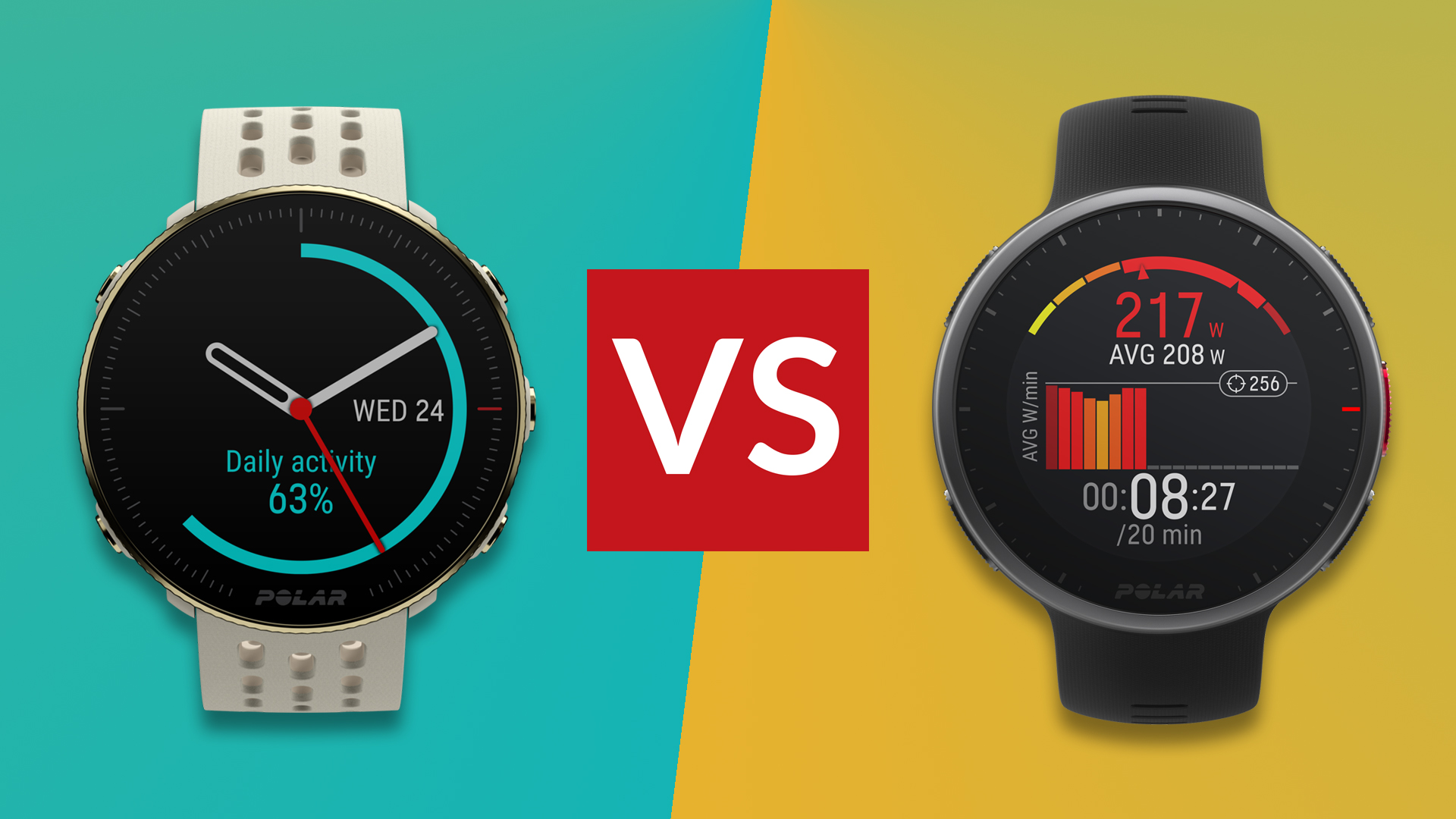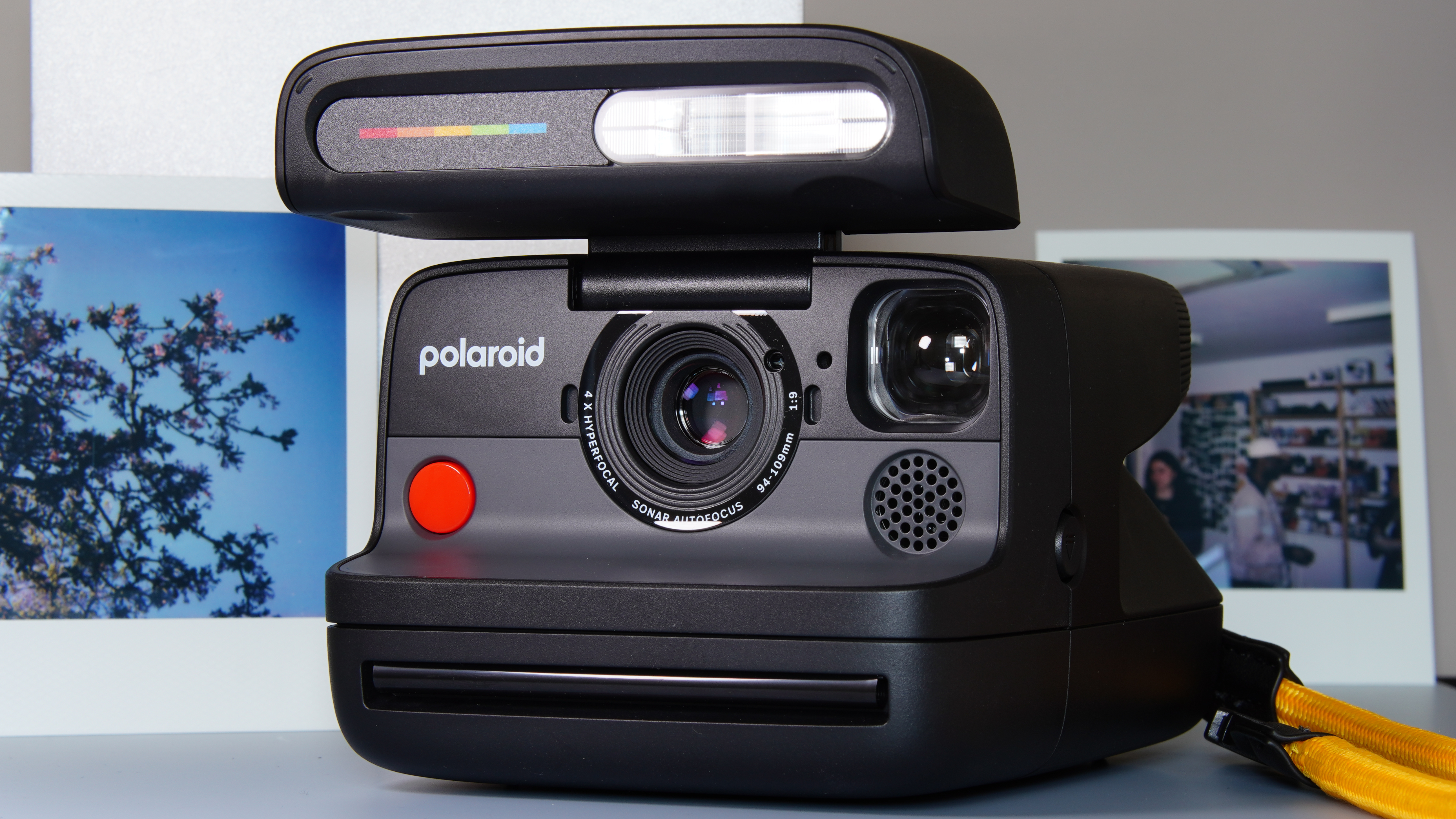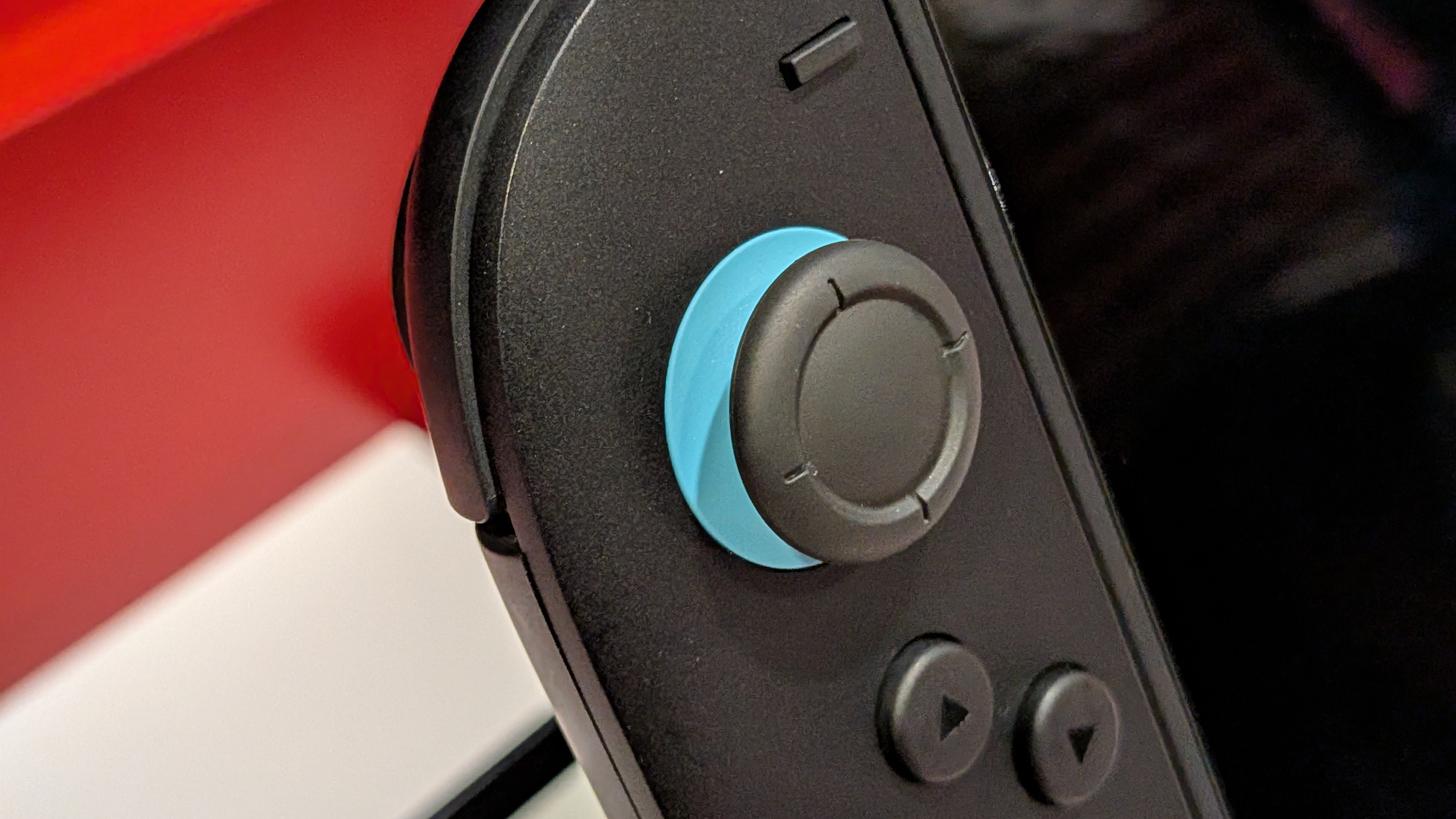

Polar Vantage M2 vs Polar Vantage V2: which one would you pick if the price didn't matter? Unfortunately, price matters to most people, so we must factor it in when making a decision about these Polar multisport watches.
What makes a wearable the best triathlon watch? Ideally, a decent tri-watch should at least have a triathlon sport mode, meaning you can track a whole triathlon event, incl. swimming, cycling and running, as one continuous event as opposed to having to stop and start at the watch when you're in the transition zone. It wouldn't hurt if the watch was able to track heart rate underwater and, of course, if it was water rated in the first place.
The good news is that both Polar Vantage models are great for tracking triathlons as well as other sports activities. Which one is better, though? Let's explore.
Polar Vantage M2 vs Vantage V2: Price and availability
The Polar Vantage M2 is now available at Polar US, Polar UK and Polar AUS for $299.90/£269/AU$449. The Polar Vantage M2 is available in Black/Grey, Copper/Brown, Gold/Champagne and Grey/Yellow colourways.
The Polar Vantage V2 is available now at Polar US, Polar UK and Polar AUS for a recommended retail price of $499.95/£449/AU$699. The Polar Vantage V2 is available in three colourways, including Black and Black, Silver and Gray-Lime and Black and Green.
The watch is also available bundled up with the Polar H10 heart rate strap (needed for the Orthostatic test) for the recommended retail price of $549.95/£489/$799.
Polar Vantage M2 vs Vantage V2: Features
The Polar Vantage M2 is a mid-range watch, and Polar tailored the functions found on the watch accordingly. You won't find any of the Vantage V2's new running/cycling power tests here, and the Vantage M2 isn't capable of performing the Orthostatic Test either. There are other useful features on board, though, such as VO2 estimation, Nightly Rechange, Training Load Pro, FitSpark training guide, FuelWise, Serene and so on.
Sign up to the T3 newsletter for smarter living straight to your inbox
Get all the latest news, reviews, deals and buying guides on gorgeous tech, home and active products from the T3 experts
As well as including some features first introduced in the Polar Grit X outdoor watch, such as the HeelSplitter and FuelWise, the Polar Vantage V2 also has an abundance of new features and tests of its own. Among these features and tests, you'll find the aforementioned running, cycling and leg recovery tests – all can be performed without any external sensors – as well as the Orthostatic Test, a returning feature that does require a compatible Polar heart rate monitor, such as the Polar H10.
Polar Vantage M2 vs Vantage V2: Design
The Polar Vantage M2 is 45.5 grams, 6.5 grams lighter than the Vantage V2, It might be lighter, but the Polar Vantage M2 is definitely not a flimsier watch. The case is made of glass fibre-reinforced polymer, while the bezel, buttons and buckle are stainless steel. The 'always-on' display, protected by a hard-coated PMMA laminated lens, is 1.2” across and has a resolution of 240 x 240. The contrast is great, and there is even also an option to illuminate the screen using the top left button. The Vantage M2 is not a touch-sensitive wearable, but it is water-rated to 3 ATMs.
The Polar Vantage V2 is touch-enabled and it can also be operated with the buttons around the edge of the case. The new Polar Vantage V2 looks almost identical to its predecessor: it's more or less the same size, has the same button layout and has the same strap design too. This watch has the same display resolution as the Vantage M2 and uses 'aerospace' aluminium alloy with glass fibre reinforced polymer for the case and the bezel. The Polar Vantage V2 is water-rated to 10 ATMs.
Polar Vantage M2 vs Vantage V2: Battery life
The Polar Vantage M2's battery life is not mind-blowing, but it's far from being poor. When the 230 mAh Li-pol battery is fully charged, the Vantage M2 will last up to 30 hours of GPS training (GPS and heart rate sensor on) or up to 5 days in watch mode with continuous heart rate tracking. Compare this with the Garmin Forerunner 745's up to 16 hours of GPS battery life.
The Polar Vantage V2 has a larger 346 mAh Li-pol battery and, therefore, can last for longer than the Vantage M2 (and way longer than the Forerunner 745). Battery life is up to 40 hours in GPS training mode (GPS and heart rate sensor on) or up to 7 days in watch mode with continuous heart rate tracking.
Both watches feature multiple power save options that can extend the battery life but might limit the sensors significantly.
Polar Vantage M2 vs Vantage V2: Accuracy
Both watches use Polar's Precision Prime optical heart rate sensor, but interestingly enough, the heart rate readings differ slightly between the Polar Vantage M2 and Vantage V2. This might be due to the different LEDs the watches use, one working better with certain skin shades than the other. For the record, none of them is inaccurate and tracks heart rate fairly accurately, but they are not exactly the same.
Similarly, both the Polar Vantage M2 and the Vantage V2 have an integrated GPS chip and use a multi-system to track outdoor position. They have access to GPS, GLONASS, Galileo and QZSS data and also have an assisted GPS, so it picks signals up fast. We encountered no major issues while testing the watches in an urban environment.
Polar Vantage M2 vs Vantage V2: Verdict
Even if you aren't on a tight budget, the Polar Vantage M2 might be plenty good enough to track triathlon training progress and the occasional races. It's sleek, stylish and has a lot of useful features that can be used outside the pool. It is also way cheaper than the Polar Vantage V2, a key factor for many athletes out there.
For more data-hungry people, the tests offered by the Polar Vantage V2 might tip the scale in the favour of the flagship Polar watch. Admittedly, by using the Vantage V2, you will get a much better view of how your training is progressing, and you can also tweak your recovery and nutrition needs better using the Vantage V2.

Matt Kollat is a journalist and content creator who works for T3.com and its magazine counterpart as an Active Editor. His areas of expertise include wearables, drones, fitness equipment, nutrition and outdoor gear. He joined T3 in 2019. His byline appears in several publications, including Techradar and Fit&Well, and more. Matt also collaborated with other content creators (e.g. Garage Gym Reviews) and judged many awards, such as the European Specialist Sports Nutrition Alliance's ESSNawards. When he isn't working out, running or cycling, you'll find him roaming the countryside and trying out new podcasting and content creation equipment.
-
 I've used the Polaroid Flip – it's the best Polaroid camera you can buy
I've used the Polaroid Flip – it's the best Polaroid camera you can buyIt's better than my SX-70
By Sam Cross
-
 Nintendo Switch 2 tariff woes continue – here's how much it could cost you
Nintendo Switch 2 tariff woes continue – here's how much it could cost youExperts claim the Switch 2 will continue to be affected by Trump's tariffs – even as much as 145%
By Rik Henderson